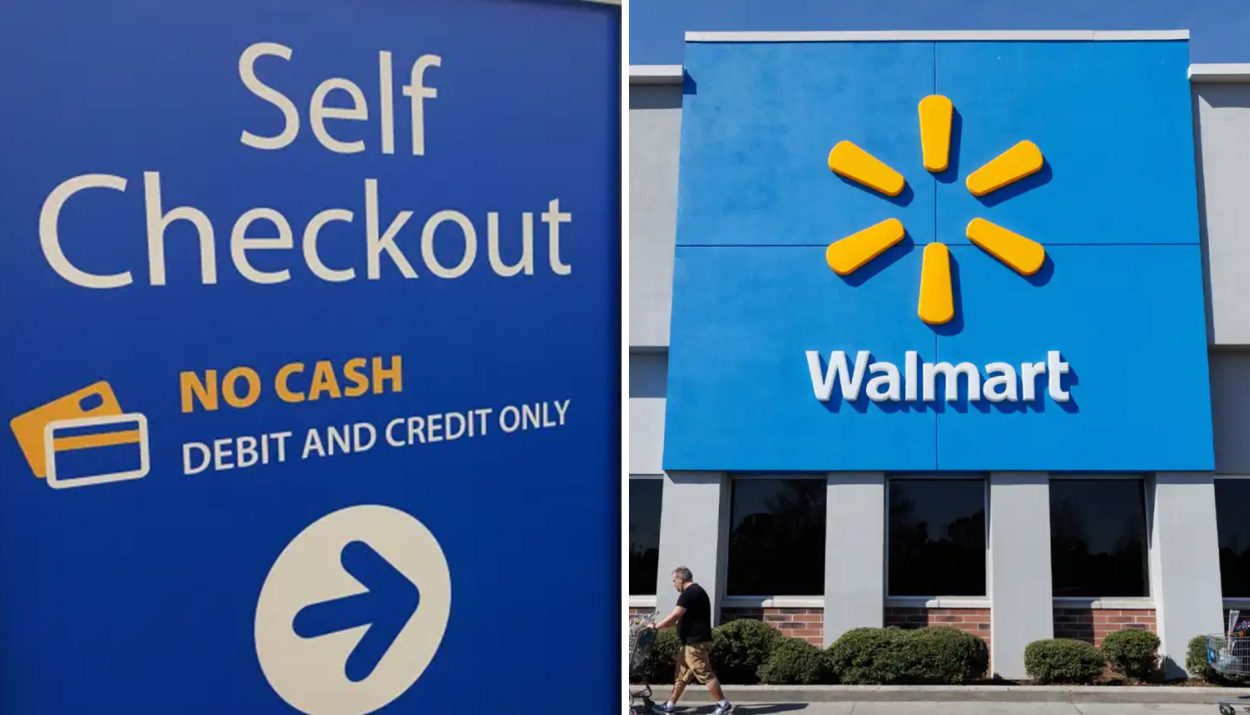In a surprising move, Walmart, the retail giant known for its innovation and customer-centric approach, is bidding farewell to self-checkout lanes in select U.S. states. While the decision has sparked curiosity and debate, it sheds light on the evolving landscape of retail technology and consumer preferences. Let’s delve into the details and explore why Walmart is rethinking its self-checkout strategy.
The Rise and Fall of Self-Checkout at Walmart
Self-checkout kiosks have become a common sight in Walmart stores across the country. Introduced as a way to expedite the shopping process, they allowed customers to scan and pay for their items independently.
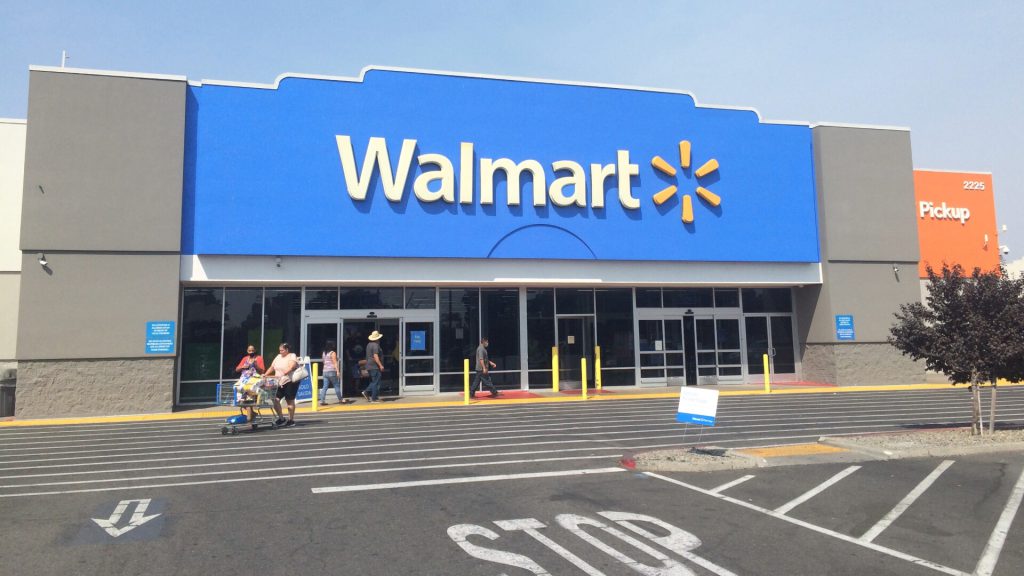
The convenience was undeniable, especially for those with a few items or a busy schedule. However, the rise of self-checkout also brought challenges. Technical glitches, theft, and the need for constant monitoring led to mixed experiences for both shoppers and store staff.
Social Media Buzz Hints at Walmart Ditching Self-Checkout
Lately, shoppers have noticed some changes in the availability of self-checkout lanes. A TikTok video and a few Reddit posts have shared that some Walmart locations are shutting down self-checkout lines or putting them off-limits for certain customers.
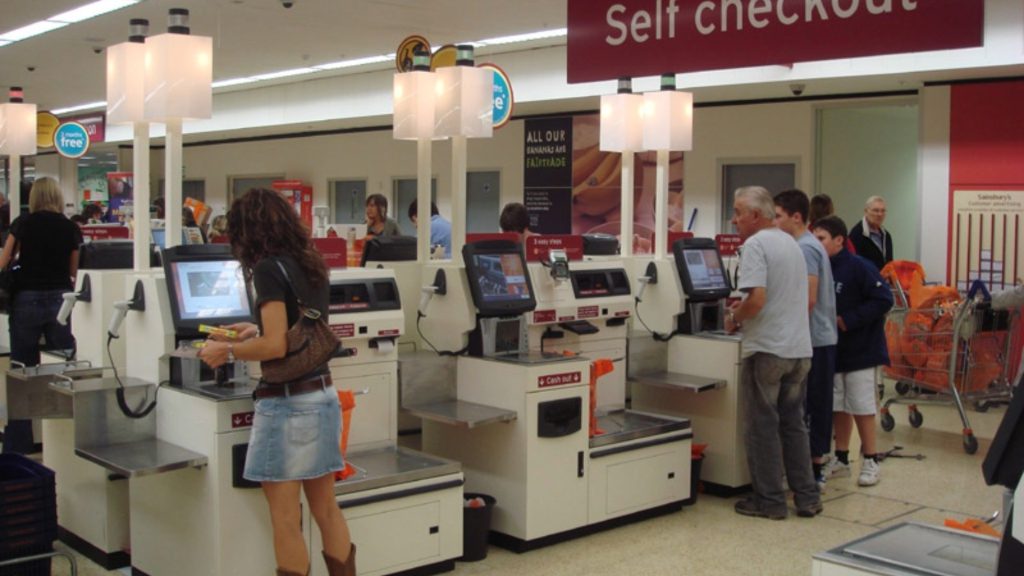
Needless to say, these developments have left customers wondering: Is it just a temporary thing, or is self-service really gone for good?
How Walmart+ Members Benefit From Exclusive Checkout Lanes
Walmart+ Members have their own exclusive checkout lanes, according to Kelsey Bohl, senior manager of corporate communications at Walmart. In select stores, during peak shopping hours or limited access, some self-checkout lanes are reserved exclusively for Walmart+ members and Spark delivery drivers.
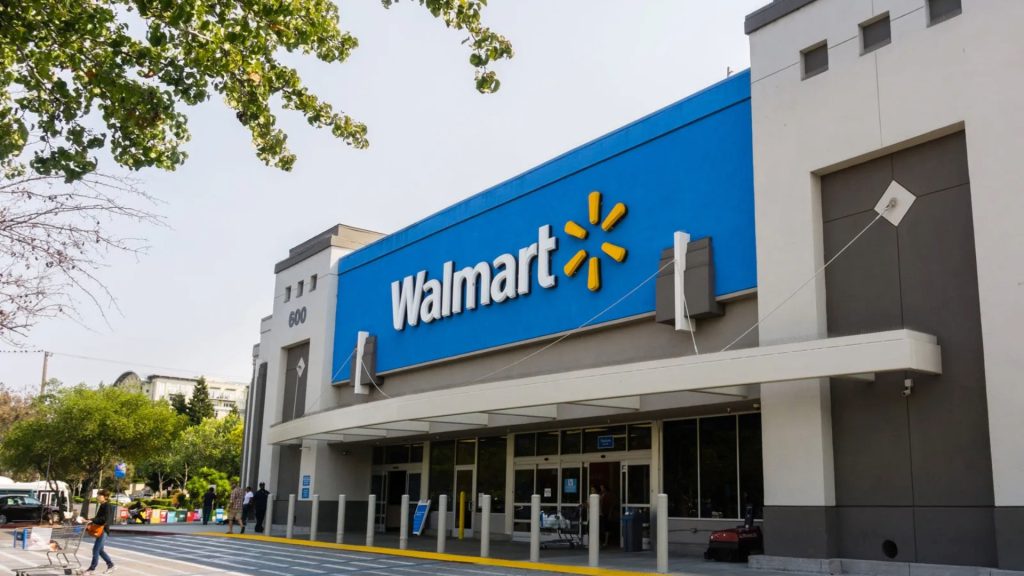
These privileged members receive faster checkout lines and smoother transactions. Walmart+ members, who pay a fee for their subscription of benefits that include free shipping and discounts, have just one more feather in their cap. Their exclusive use of designated self-checkout lanes is consistent with the program’s promise of added convenience.
Walmart Limiting Self-Checkout In Its Approach to Efficiency
Certain lanes are for certain customers and drivers, as Walmart has managed its checkout availability a little bit better.
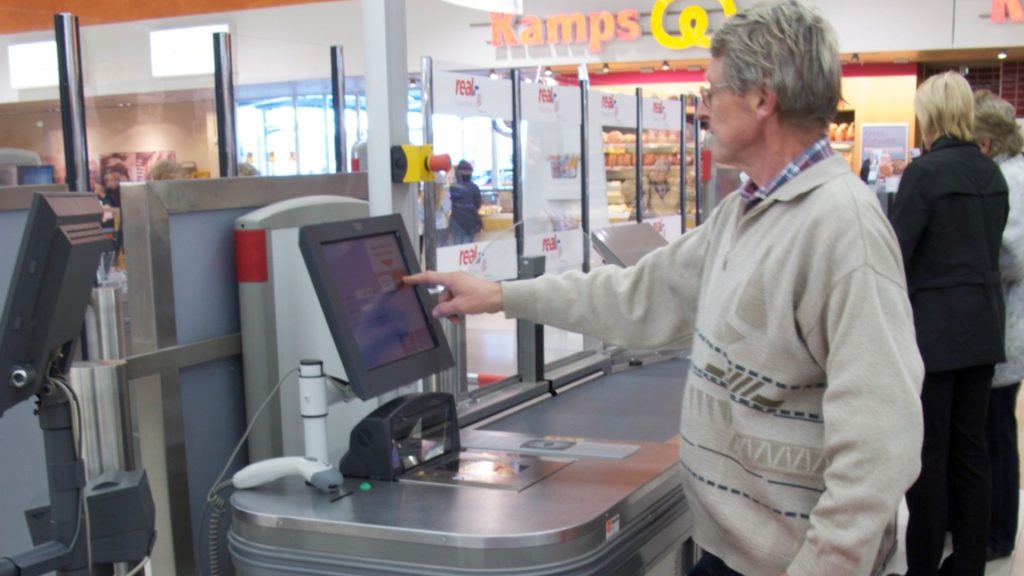
Opening or closing lanes based on the number of shoppers and available staff is the idea behind reserving certain lanes for Walmart+ and Spark members.
Walmart Strategically Adjusts Checkout Options By Not Implementing A Nationwide Removal
Despite all the buzz, Walmart is not in a race to get rid of all self-checkout. Reports are clear and the company says it has no plans for national removal. It all comes down to making local, store-by-store assessments.

“There are no plans to remove self-checkout across the country,” a spokesperson told CNN Business. “We are making localized adjustments to ensure our stores are best set up for what shoppers need and want.
Walmart Tests Removal of Self-Checkout Kiosks In Missouri And Ohio
A few Walmart stores—one in St. Louis, Missouri, and another in Cleveland, Ohio—are ditching self-checkout kiosks in favor of more traditional checkout lanes.
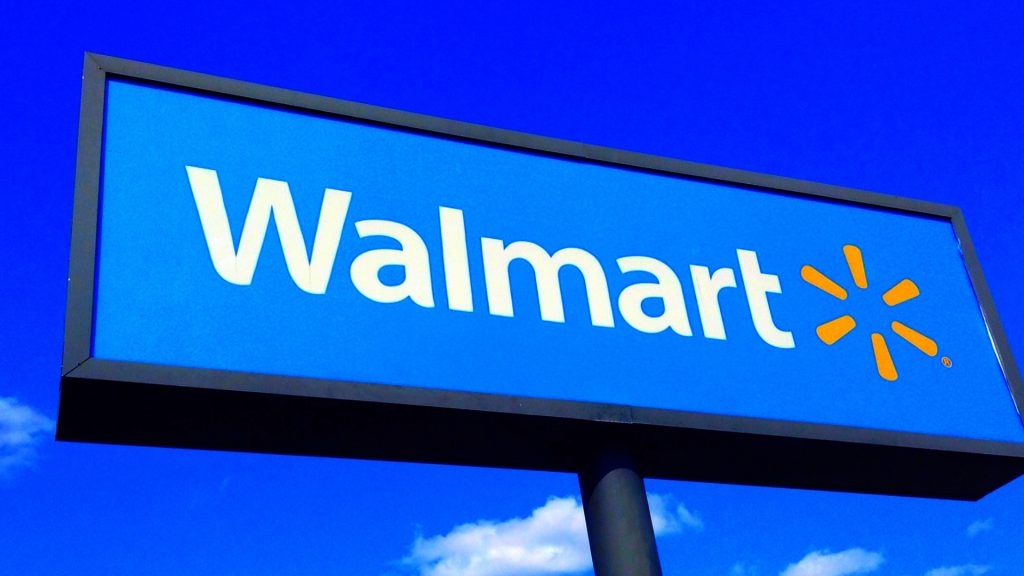
These are the pilot stores testing the new strategy, and Walmart looks to glean valuable data from these two localized experiments. The choice is not random; the company tests these changes strategically, and it intends to refine its strategy.
The Return of Traditional Checkouts at Walmart
The removal of self-checkout kiosks signals a return to more old-school checkout lanes. They would rather shoppers enjoy the authenticity of human interaction with a cashier. The absence of self-checkout kiosks means no more silencing of conversations about the day, no more wondering how to scan a jelly roll, and fewer self-service errors.
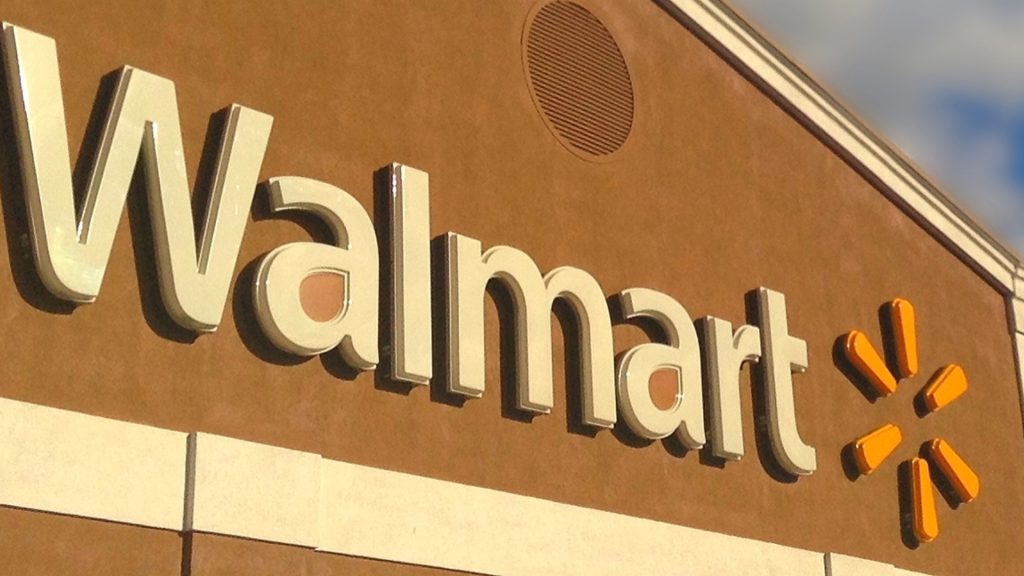
Remember, there’s always the occasional chitter, the human connection, and the little bit of social interaction that comes with the traditional checkout line.
Customer Reacts With Frustration And Understanding To Walmart’s Checkout Changes
Social media buzz reflects a mix of reactions. Some customers express frustration and anger, while others understand that such change is inevitable. Discussions are indeed still flowing: is it really worth sacrificing self-checkout convenience for a smoother overall experience?
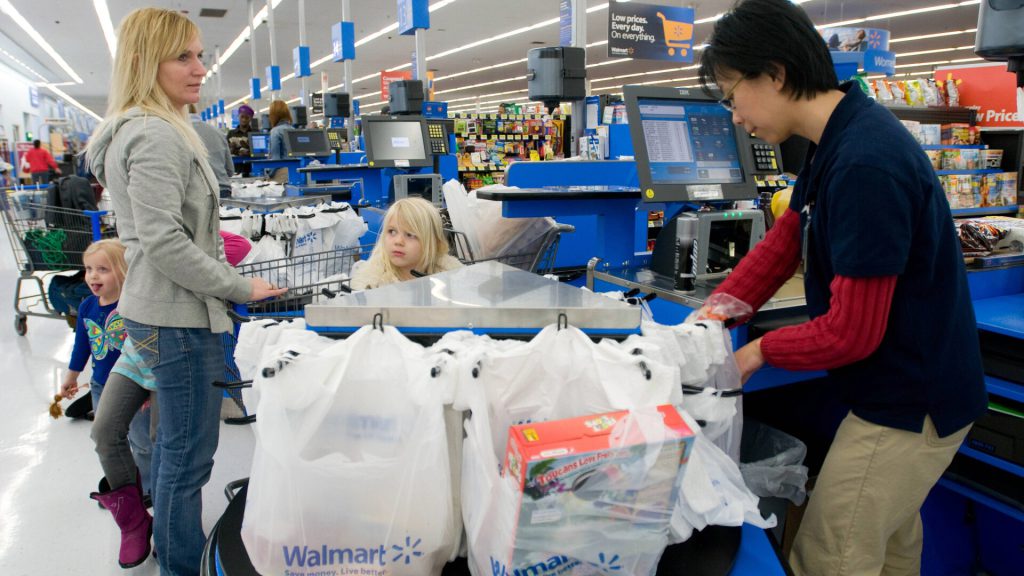
Walmart’s decision is one more discussion surrounding the delicate balance between efficiency and human interaction. We, as customers, weigh the pros and cons, considering both practicality and emotions.
Walmart+ Prioritizes Loyalty With Exclusive Checkout Lanes
Members of Walmart+ pay a fee to enjoy other perks like free delivery and discounts. And now they have one more advantage: exclusive access to designated self-checkout lanes. Such an advantage is consistent with the promise that the program makes in terms of additional convenience.
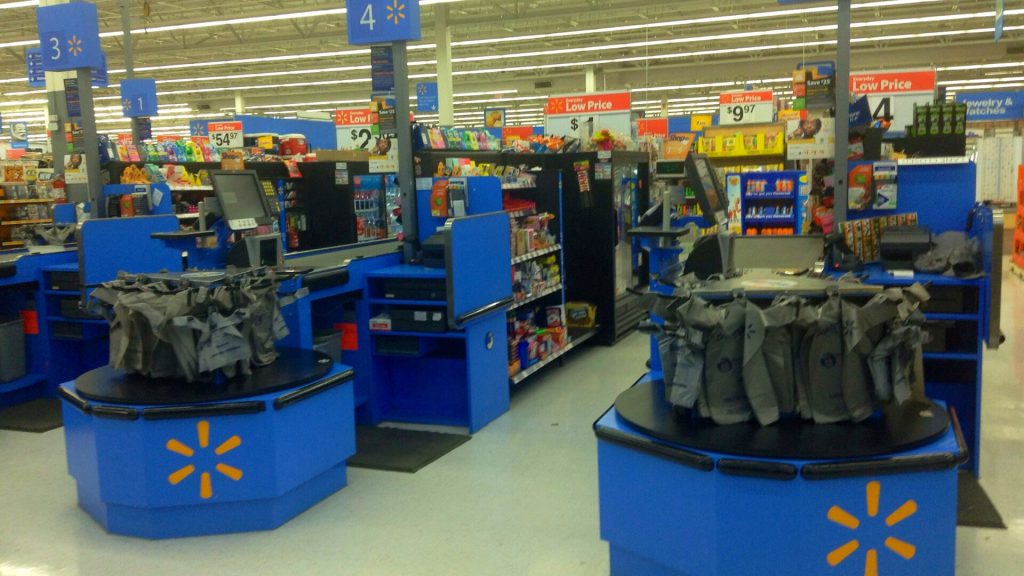
Walmart, in this way, demonstrates to customers that it values their loyalty and encourages customers to keep up with their membership. It is smart thinking, combining it all for increased customer satisfaction and a flourishing Walmart+ ecosystem.
How Spark Drivers Benefit From Dedicated Checkouts
Spark drivers themselves are responsible for delivering groceries to Walmart’s customers using the same-day delivery service. Their work is time-sensitive, so dedicated lanes become quite essential.

As more customers order groceries online, quick in-store operations are paramount. Specific lanes allocated to Spark drivers ensure that Walmart customers get the last mile right.
A Look at the Future of Retail Technology at Walmart
Walmart’s move opens a door to more general discussions regarding the future of retail technology. Will any other retailer copy this and follow suit? Are self-checkouts dying? Only time will tell.
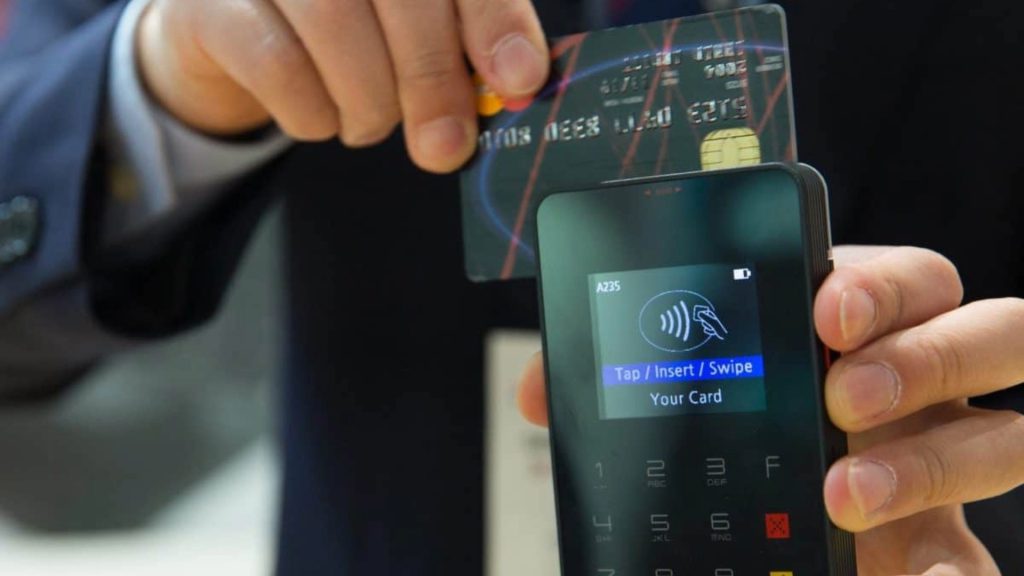
Technology constantly changes, and retailers constantly have to find a balance between innovation and pragmatism. Be it contactless payments or automated inventory management or personalized recommendations, the retail landscape is a changing stage.
Walmart Strikes a Balance in the Checkout Experience
As Walmart embarks on this day, it must strike a balance between innovation and the desire of its customers. However, this perfect balancing act is what will make the self-checkout experience a beautiful thing for all.
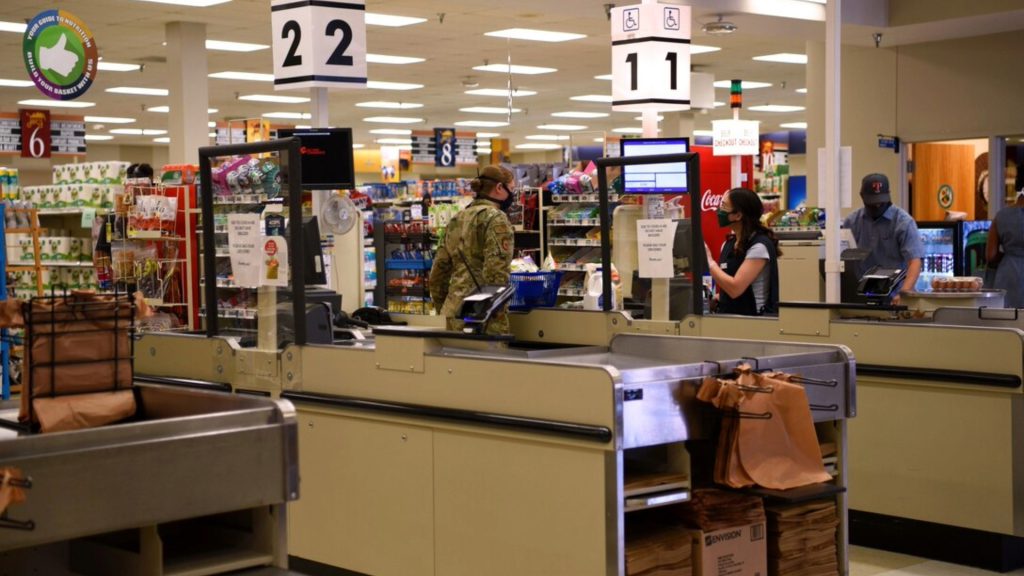
The device is great, but nothing can replace the human factor—a kind cashier smiles and makes you feel welcome or a quick chat about the weather makes the trip to the store worthwhile.
Adapting to Changing Customer Preferences in the Retail Landscape
The customer is king, and the retailer must be good. Be it hands-free payment, curbside pick-up, or good old-fashioned checkout, Walmart is looking to provide a service for a variety of needs.
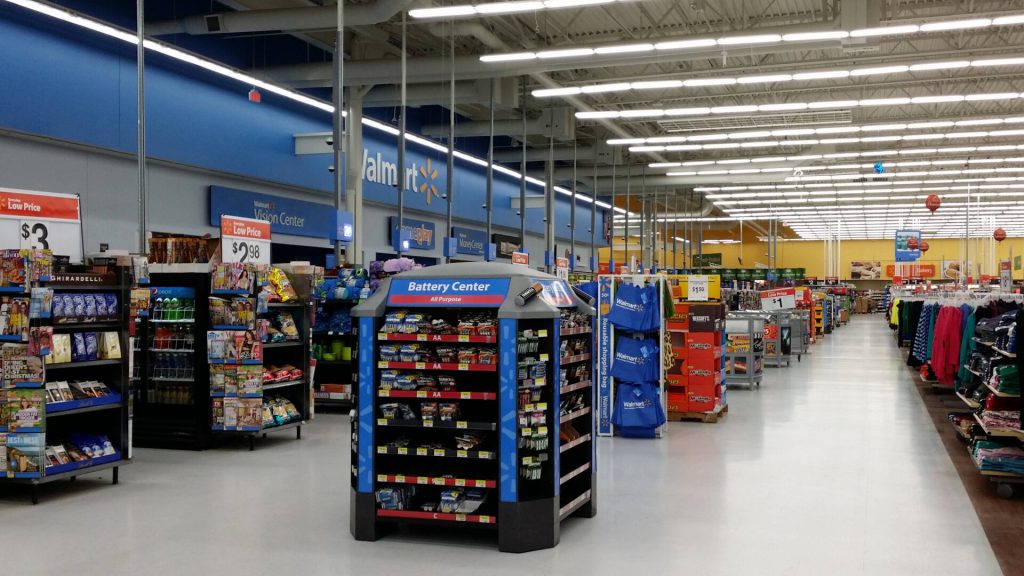
By watching keenly what customers want, then, Walmart can make its business better. It’s all about flexibility and adaptability when the winds of change sweep across an industry like retail.
Walmart Prioritizes Agility in Store Experience
Walmart’s decision to scrap the self-checkout in several states is indicative of its willingness to stay flexible and nimble.
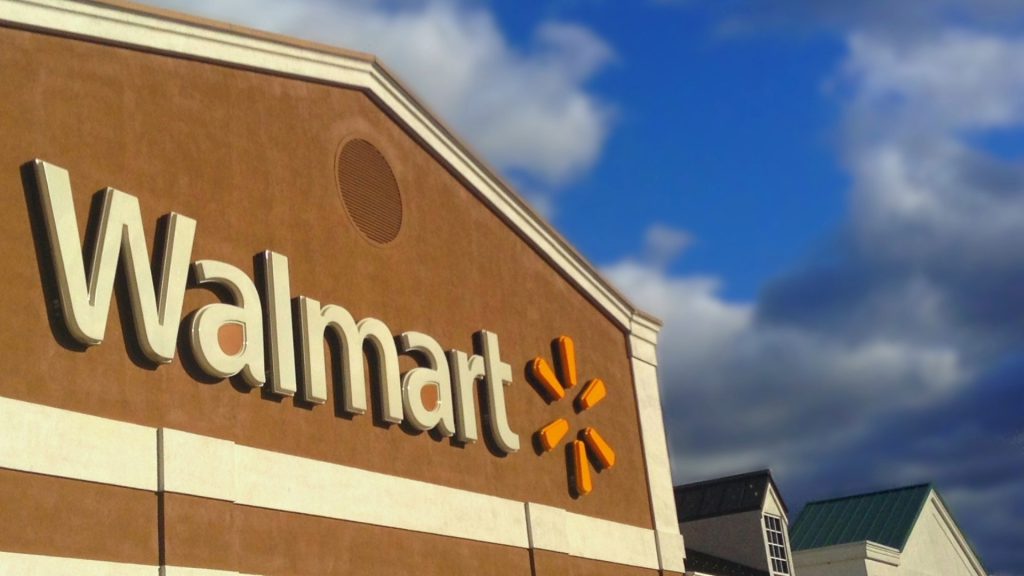
For others, it may be a mourning of some automated lines lost, but for others, the return to human interaction at the cashier stand is a cause for celebration.

